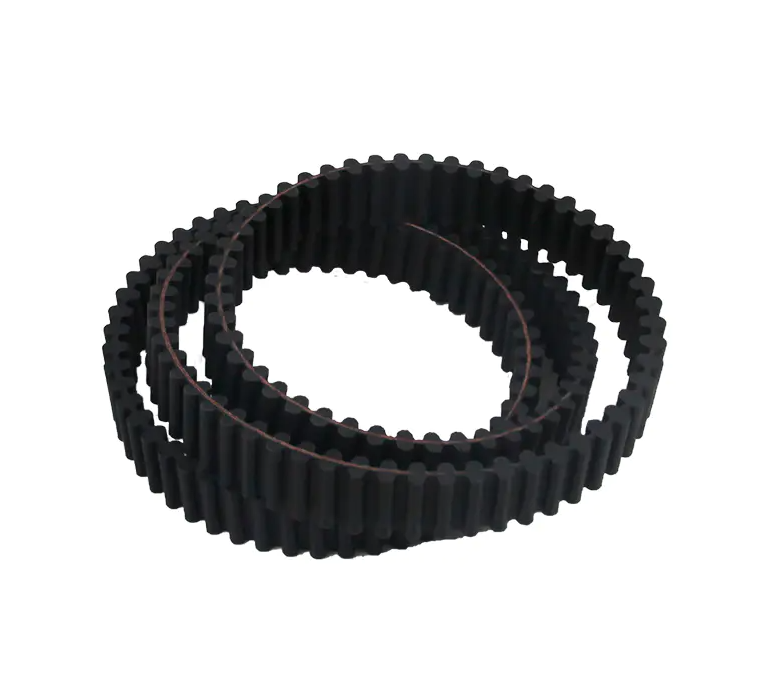Synchronous Belts: Ensuring Reliable Performance in Drive Systems

Synchronous belts are a critical component in various drive systems, offering a range of benefits that make them a popular choice for engineers and designers. One of the key selling points of synchronous belts is their ability to maintain constant speed ratios, which is essential for applications requiring precise synchronization between moving parts.
These belts are designed with a toothed profile that engages with corresponding pulleys, ensuring a positive drive without slippage. This feature not only guarantees accuracy but also contributes to the belt's long service life, as it reduces wear and tear compared to traditional belts. The elimination of backlash in the drive system is another advantage, which translates to improved accuracy and reduced maintenance costs.
Synchronous belts are also appreciated for their flexibility and quiet operation. They can be used in a wide range of environments, from high-speed machinery to noise-sensitive settings. The belts are lightweight and require less tension than chain drives, which simplifies the design of the drive system and reduces the overall weight of the machinery.
In terms of material, synchronous belts are often made from reinforced rubber or a combination of rubber and fabric, providing excellent resistance to oils, chemicals, and heat. This makes them suitable for a variety of industrial applications, from printing presses to food processing equipment.
Manufacturers of synchronous belts pride themselves on the ability to customize these belts to meet specific application requirements. Whether it's the length, width, or the number of teeth, the belts can be tailored to fit the precise needs of the customer, ensuring optimal performance and efficiency.
- Art
- Causes
- Crafts
- Crypto
- Dance
- Drinks
- Defi
- Film
- Fitness
- Food
- Juegos
- Gardening
- Health
- Home
- Literature
- Music
- Networking
- Other
- Party
- Religion
- Shopping
- Sports
- Theater
- Wellness

